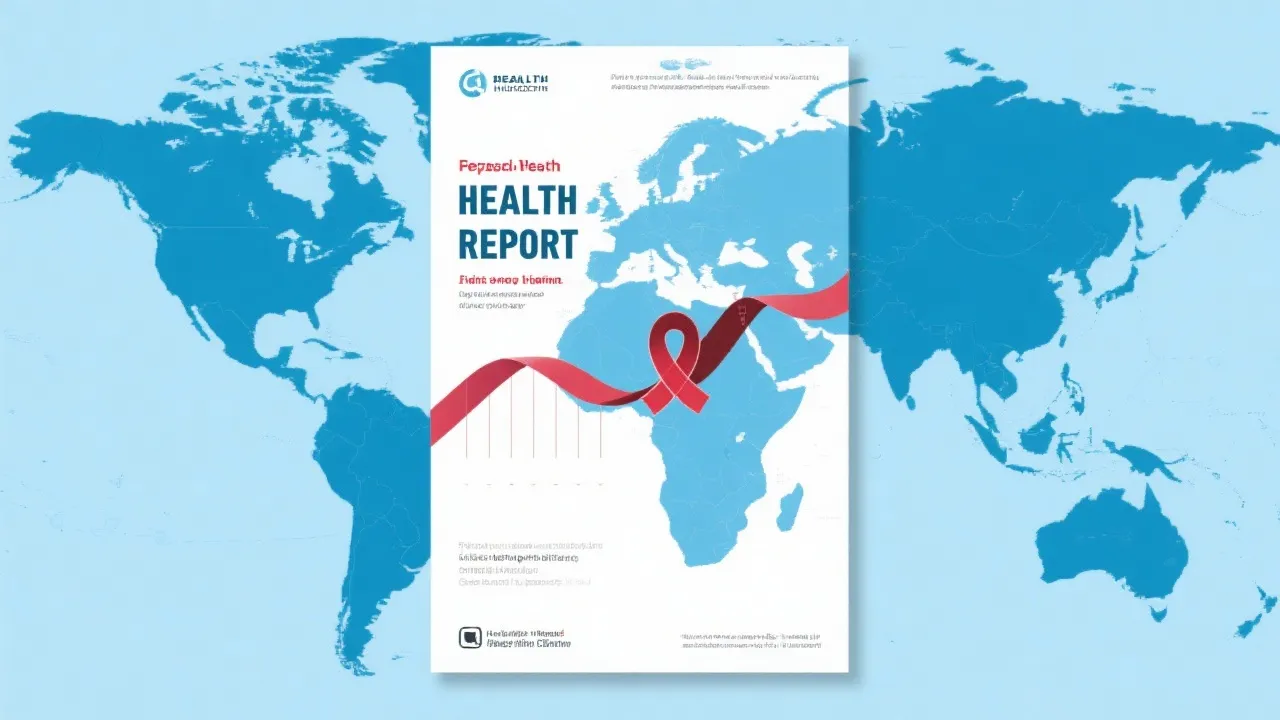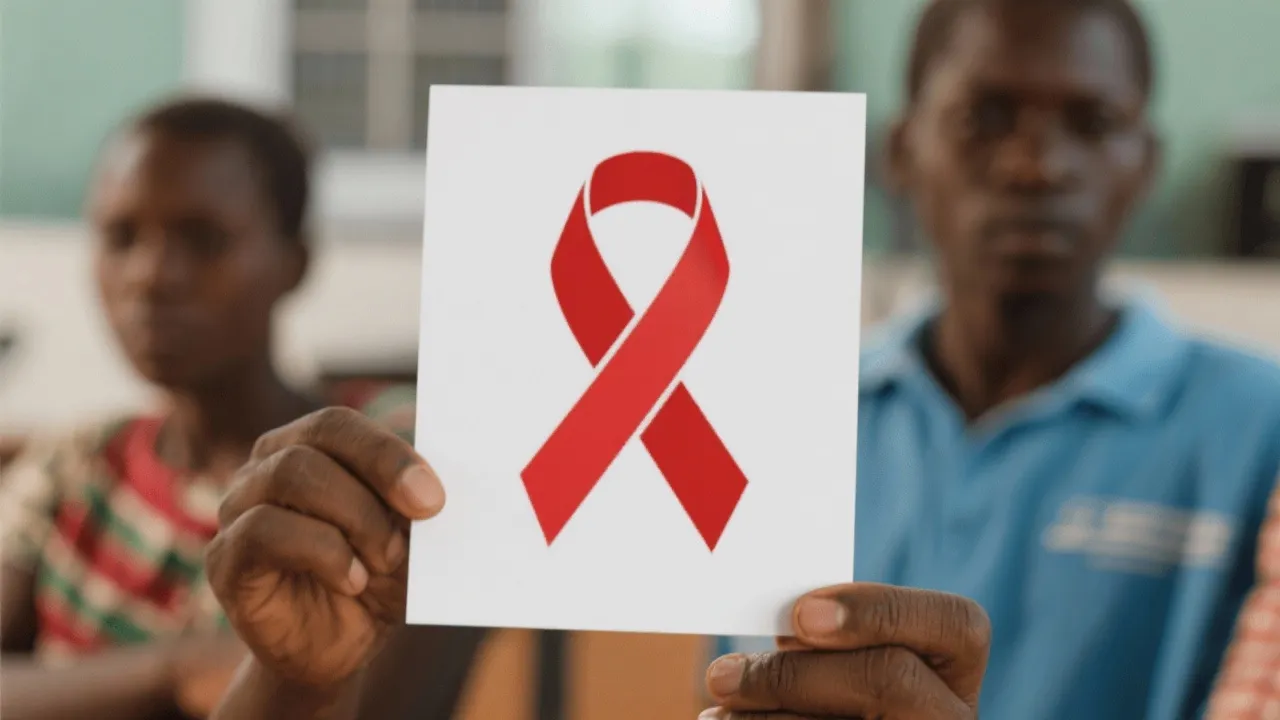Understanding the Decline of HIV
The narrative of HIV shows a promising trend, with declining cases globally. HIV, the human immunodeficiency virus that leads to AIDS, has been a critical public health issue for decades. However, modern health strategies, preventive programs, and advanced treatments are playing a significant role in reducing transmission rates and improving life conditions for those affected.

Decreasing HIV Trends Globally
The declining rates of HIV cases worldwide reflect significant strides in public health efforts. Historically, HIV/AIDS has been an alarming epidemic, impacting millions and causing widespread mortality and morbidity. However, recent years have seen a decrease in new infections due to enhanced access to preventive measures and advancements in treatment options. This multifaceted approach has involved governments, public health organizations, and communities working collaboratively to combat the spread of HIV.
Factors Contributing to the Decline
Several factors contribute to the declining trend in HIV infections. These include but are not limited to increased availability and use of antiretroviral therapy (ART), effective educational programs, wider distribution of preventive tools like condoms, and pre-exposure prophylaxis (PrEP). Global cooperation and funding have also driven many successful intervention programs aimed at reducing stigma and promoting testing and treatment. Countries that have prioritized public health initiatives have seen the most significant declines in HIV prevalence, showcasing the importance of committed political leadership and resource allocation.
Role of Education and Awareness
Education and awareness campaigns have been instrumental in reducing HIV infections. By educating communities about HIV transmission methods and prevention strategies, these programs empower individuals to make informed choices regarding their sexual and health practices, significantly decreasing risky behaviors associated with HIV transmission. Tailored educational programs targeted at specific demographics, such as young people and marginalized communities, have proven particularly effective. Furthermore, the incorporation of HIV education into school curricula enhances early awareness and helps to instill healthy behaviors in young people from a formative age.
Innovations in Treatment
Advancements in HIV treatment, particularly the development of highly effective antiretroviral medications, have transformed HIV from a fatal disease into a manageable chronic condition. Continuous research and development in this area have not only improved the life quality of HIV patients but also reduced overall transmission due to effective viral load suppression. The introduction of long-acting injectable antiretrovirals presents an exciting development, allowing for reduced treatment frequency and improved adherence. This innovation can particularly benefit populations in low-resource settings where daily pill-taking can pose challenges.
Statistical Reflections
According to reliable sources such as UNAIDS, global new HIV infections fell by numerous percentages over the past decade, showing promising progress towards eliminating the epidemic by sustainable development goals. Different global regions reflect varied statistics based on accessibility to healthcare services and socio-economic conditions. Regions with robust healthcare infrastructures and public health initiatives, such as sub-Saharan Africa, have begun to see substantial reductions in HIV transmission rates. However, disparities remain, highlighting the need for targeted interventions to assist the regions still struggling with high infection rates. Access to data is essential for tailoring programs that can respond effectively to specific regional needs and challenges.
Community and Support Structures
Strengthening community and support structures has proven crucial in combating HIV. Through peer support groups, networks providing psychological support, and community-driven initiatives, individuals with HIV find the strength to adhere to their treatment regimens and advocate for their rights. These community initiatives play an essential role in reducing stigma and discrimination, providing a safe space for individuals to share experiences and encourage healthy practices. Moreover, integrating healthcare services within communities fosters trust between healthcare providers and patients, facilitating better engagement and follow-up on treatment adherence.
Challenges that Remain
Despite these successes, challenges persist. Disparities in healthcare access in low-income regions continue to pose obstacles to effective HIV prevention and treatment. Persistent social stigma surrounding HIV/AIDS often leads to delayed testing and treatment, as many individuals fear discrimination or ostracization. Young people, especially in conservative societies, may lack access to comprehensive sexual education programs that could facilitate informed decision-making regarding their health. Political will and international cooperation remain vital to addressing these issues effectively. Continuous advocacy for policies that protect the rights of individuals living with HIV is also crucial to fostering an environment where all individuals can access the healthcare they need without fear of stigma.
Innovative Prevention Strategies
In addition to antiretroviral therapies, innovative prevention strategies are a significant component of the global response to HIV. Needle exchange programs, for instance, have effectively reduced HIV transmission rates among people who inject drugs, offering them access to sterile supplies along with health education and access to treatment. Comprehensive sexual education is also essential; programs designed to promote safe sex practices, increase knowledge about transmission, and encourage testing have shown effectiveness in various demographics. Furthermore, the integration of HIV prevention into broader sexual and reproductive health services can significantly increase the reach and effectiveness of interventions.
Global Collaboration and Funding Efforts
Global collaboration and funding play pivotal roles in addressing the HIV epidemic. Organizations such as the Global Fund to Fight AIDS, Tuberculosis, and Malaria and PEPFAR (President’s Emergency Plan for AIDS Relief) have made substantial financial contributions towards the global fight against HIV. These organizations prioritize research and development of effective treatment methods and preventive strategies while also ensuring that resources reach communities most affected by the virus. Collaborative efforts also involve partnerships with private sectors, nonprofits, and community-based organizations, creating a diverse and supportive environment for addressing the epidemic's multifaceted challenges.
FAQs
- What are the main reasons behind the decline of HIV cases globally?
The main reasons include improved access to antiretroviral therapy, increased public awareness, effective use of preventive methods, and international health collaborations. - How effective is current HIV treatment?
Current antiretroviral therapy is highly effective, allowing people with HIV to lead long and healthy lives with reduced risk of transmission. The effectiveness of treatment enables many individuals to achieve an undetectable viral load, meaning they cannot transmit the virus to sexual partners. - What future steps are necessary to continue this declining trend?
Continued investment in healthcare infrastructure, ongoing education and awareness, and innovation in treatment options will be pivotal to sustaining the decline. Additionally, addressing stigma and ensuring equitable access to healthcare resources must remain a priority. - What role does community support play in managing HIV?
Community support provides essential emotional aid, promotes treatment adherence, and helps combat stigma associated with the virus. Peer support groups foster an environment of understanding and trust, enabling individuals to share their experiences and strategies for coping with HIV.
The Importance of Early Diagnosis
The role of early diagnosis in the fight against HIV cannot be overstated. Routine testing and early diagnosis significantly improve health outcomes for individuals living with HIV. Diagnosis allows for prompt initiation of antiretroviral therapy, which not only improves the health and longevity of the individual but also reduces the risk of transmission to others. Public health campaigns emphasizing the importance of regular testing are crucial. These campaigns aim to destigmatize the testing process and encourage individuals to seek testing as part of their regular health check-ups. Rapid testing methods and increased availability of home testing kits have made HIV testing more accessible, ensuring that more individuals know their status and can make informed decisions regarding their health.
Future Directions in HIV Research
Ongoing research into HIV remains vital for further understanding and combating the virus. Innovative approaches such as therapeutic vaccines and gene editing techniques like CRISPR offer exciting possibilities for future treatments. These scientific advancements aim not just to manage the virus but to potentially eradicate it. Research into the long-term effects of HIV on various populations, including aging individuals living with HIV, is increasingly necessary as more people live longer, healthier lives with the virus. Understanding the broader impacts of the virus on mental health and social well-being is also paramount as it can inform holistic approaches to treatment that encompass both physical and emotional health.
Conclusion: Toward a Future Without HIV
Optimistically, with continued global efforts, the vision of a future where HIV/AIDS is sufficiently controlled or eradicated is becoming ever more achievable. As scientific advancements and public health initiatives continue to evolve, the world moves closer to this important goal. By maintaining a focus on education, innovation, and community support, the decline in HIV infections can be not only sustained but further accelerated. The reinvigoration of global health partnerships and increased public investment will be essential in overcoming the remaining challenges in the fight against HIV. As we look to the future, it is crucial that we reflect on the lessons learned in combating HIV and apply them to ensure robust health systems capable of promptly addressing any emerging health challenges.





